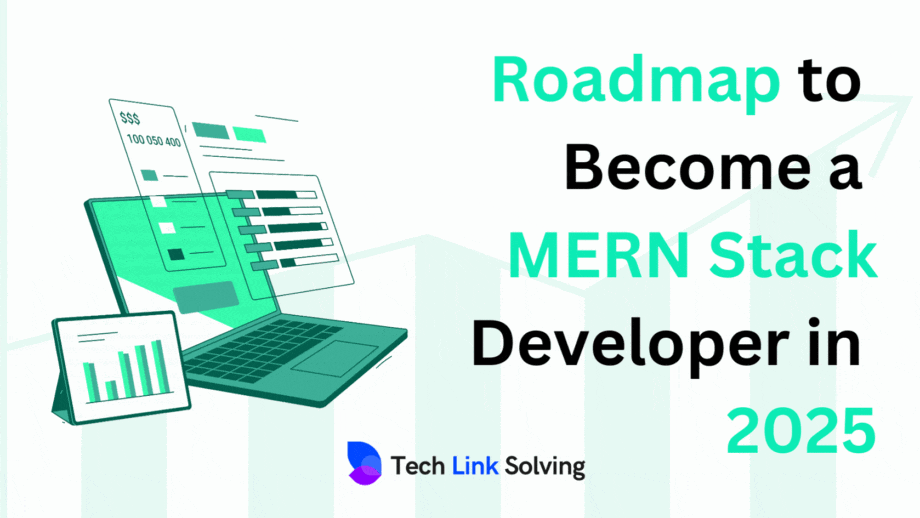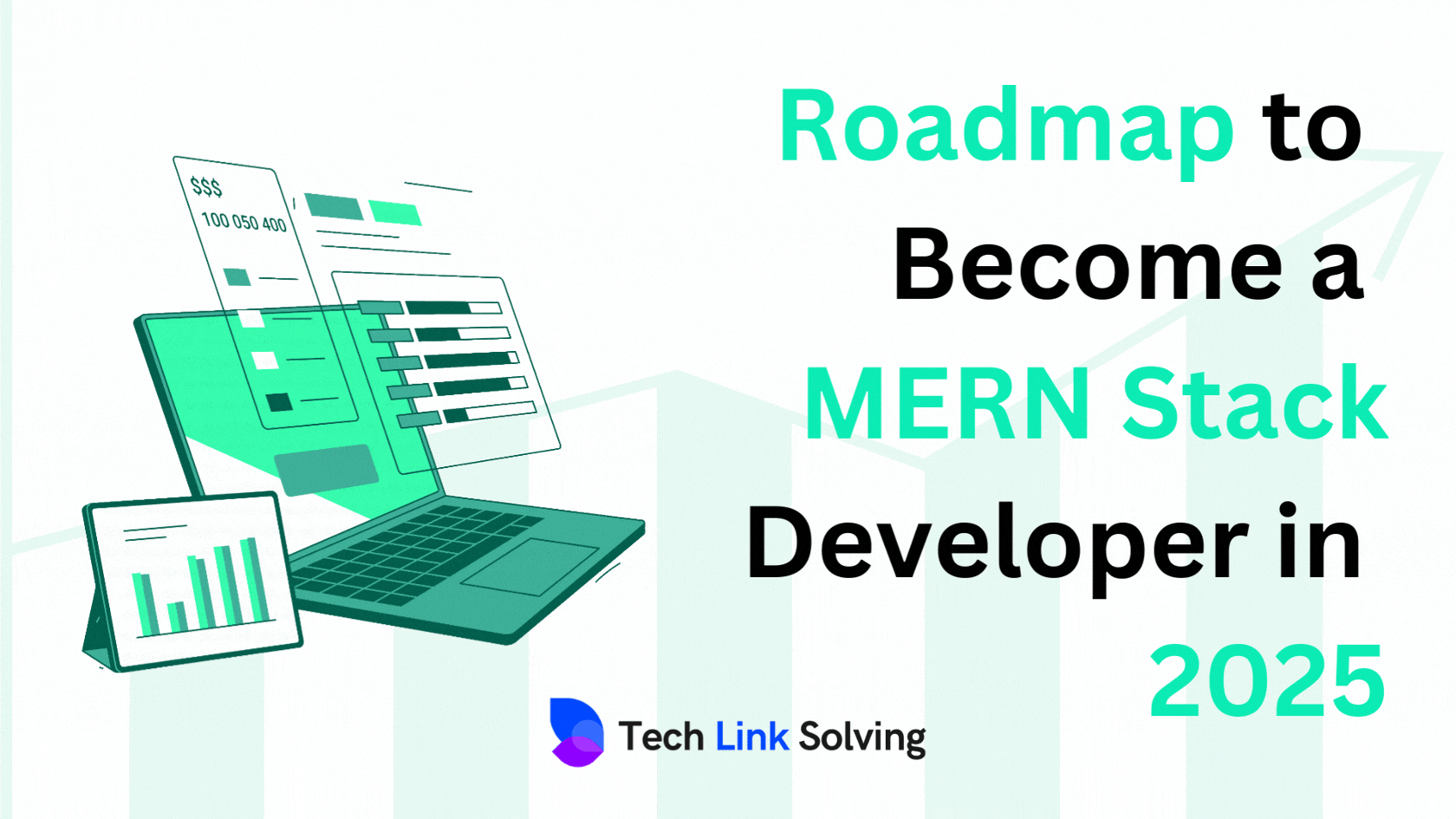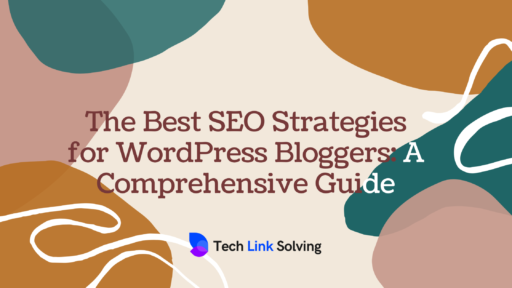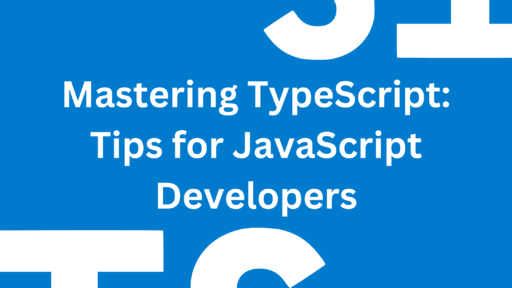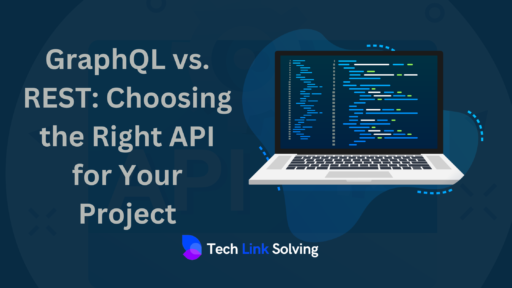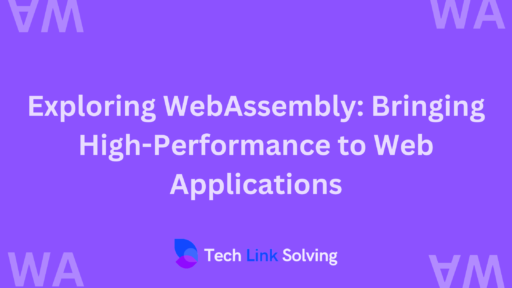MERN Stack (MongoDB, Express.js, React, Node.js) is one of the most popular tech stacks for full-stack development. With its flexibility, scalability, and performance, MERN is an excellent choice for building modern web applications. This guide will explore the step-by-step roadmap to becoming a proficient MERN Stack developer in 2025.
1. Understanding the Basics
Before diving into MERN, you must have a solid foundation in web development basics:
- HTML & CSS – Learn semantic HTML and responsive CSS (Flexbox, Grid, Tailwind CSS, or Bootstrap).
- JavaScript (ES6+) – Understand modern JavaScript concepts like variables, functions, promises, async/await, and modules.
- Git & GitHub – Get comfortable with version control systems and Git commands.
2. Master JavaScript & ES6+ Features
A strong grasp of JavaScript is essential before moving to the MERN stack. Key concepts to master include:
- Scope, Closures, and Hoisting
- Higher-order Functions & Functional Programming
- Event Loop, Callbacks, Promises & Async/Await
- ES6+ Features (Destructuring, Spread/Rest Operators, Template Literals, etc.)
3. Learn Node.js and Express.js (Backend Development)
Node.js and Express.js form the backend of the MERN stack. Important topics to cover:
- Node.js Basics – Modules, File System, Event Loop, Streams
- Express.js – Middleware, Routing, Error Handling, Authentication
- REST APIs – Building and consuming RESTful APIs with Express
- Authentication – JWT (JSON Web Token) and OAuth
4. Master MongoDB (Database Management)
MongoDB is a NoSQL database used in MERN applications. Learn:
- CRUD Operations – Create, Read, Update, Delete
- Schema Design & Data Modeling
- Mongoose ODM (Object Data Modeling)
- Aggregation Pipeline
- Indexing & Performance Optimization
5. Learn React.js (Frontend Development)
React is the frontend library in MERN. Master the following concepts:
- React Basics – JSX, Components, Props, State
- React Hooks – useState, useEffect, useContext, useRef, useReducer
- State Management – Redux Toolkit, Zustand, or Context API
- React Router – Handling navigation in single-page applications
- Performance Optimization – Lazy loading, Memoization, Virtualization
6. Build Full-Stack Applications
Once you’re comfortable with each MERN component, start building full-stack projects:
- Basic CRUD App – A simple to-do list or blog application
- Authentication System – JWT-based user authentication
- E-Commerce Platform – A MERN-based online store with payments
- Real-Time Chat App – Using WebSockets and Socket.io
7. DevOps, Deployment & Testing
To become a job-ready MERN developer, learn:
- Deployment – Hosting on Vercel, Netlify (frontend), and DigitalOcean, AWS, or Heroku (backend)
- CI/CD Pipelines – Automating deployment with GitHub Actions
- Testing – Jest, Mocha, Cypress, Supertest
- Containerization – Docker and Kubernetes
8. Keep Learning & Stay Updated
The tech industry evolves quickly. Stay up to date with:
- AI & Web Development Trends – Integrating AI-powered tools in MERN apps
- Performance Optimization – Improving Core Web Vitals
- New Libraries & Tools – Explore GraphQL, Next.js, or TypeScript
Conclusion
Following this roadmap, you’ll be well-equipped to become a MERN Stack developer in 2025. Keep coding, build projects, and contribute to open-source communities to enhance your skills. 🚀


